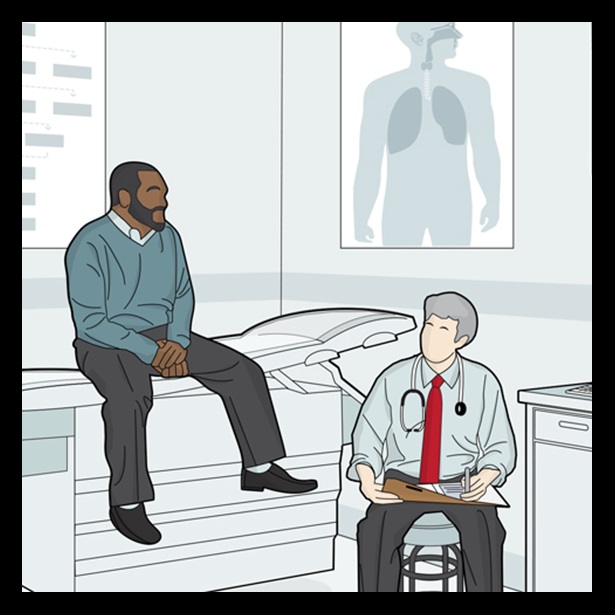5 Facts About Outpatient Antibiotic Prescribing in the U.S.
Insights about prescription landscape can help ensure appropriate use and slow development of resistance

A recent article in Pediatrics highlights research by The Pew Charitable Trusts on important progress being made in understanding outpatient antibiotic use in the United States. Although published in the journal of the American Academy of Pediatrics, the findings could help improve the use of antibiotics for both children and adults. Here are five of particular interest:
1 in 3 antibiotic prescriptions is unnecessary.
At least 30 percent of outpatient antibiotic prescriptions in the U.S. are unnecessary—this equals about 47 million prescriptions each year. Antibiotics should be prescribed only when they are likely to work. Using them when not medically needed accelerates development of resistance. Appropriate prescribing also protects patients from avoidable adverse effects of antibiotic use.
Southern states have some of the highest antibiotic prescribing rates.
Where you live may affect how likely you are to get an antibiotic prescription. Analyses by the Centers for Disease Control and Prevention (CDC) show higher rates of antibiotic prescribing in southern states and lower rates in western ones in 2015. Similar patterns were found in 2011-2014 data. Although the data cannot indicate if these higher rates are linked to unnecessary or inappropriate prescribing, they highlight regions where targeted antibiotic stewardship efforts may prove particularly useful.
For some common conditions, only half of patients receive the recommended first-line antibiotic.
Prescribing the right type of antibiotic is critical to minimize the risk of adverse side effects and slow the emergence of antibiotic resistance. The analysis found that children are more likely than adults with the same diagnosis to be prescribed first-line antibiotics—those recommended by medical guidelines.
Physicians are more likely to prescribe antibiotics when they believe the patient expects it.
Regardless of the diagnosis, some patients expect an antibiotic prescription from their physician. In other cases, patients may not have such expectations, but physicians often still believe they do. This patient pressure—real or perceived—increases the likelihood that physicians will prescribe an antibiotic.
Nurse practitioners and physician assistants play an important role in antibiotic stewardship
23 percent of all outpatient antibiotic prescriptions were written by nurse practitioners and physician assistants in 2015, up nearly two-thirds since 2011. A plurality (41%) is still written by primary care physicians.
To protect patients and slow the development of resistant bacteria, the U.S. national action plan for combating antibiotic-resistant bacteria set a national target to reduce unnecessary outpatient antibiotic prescriptions by 50 percent by 2020. To get there, patients, health care providers, health plans, health care quality organizations, medical professional societies, and state, local, and federal health agencies all must do their part.
David Hyun, M.D., is a senior officer, Rachel Zetts, M.P.H., is a principal associate, and Andrea Stoesz, M.P.H., is an associate with The Pew Charitable Trusts’ antibiotic resistance project.
















